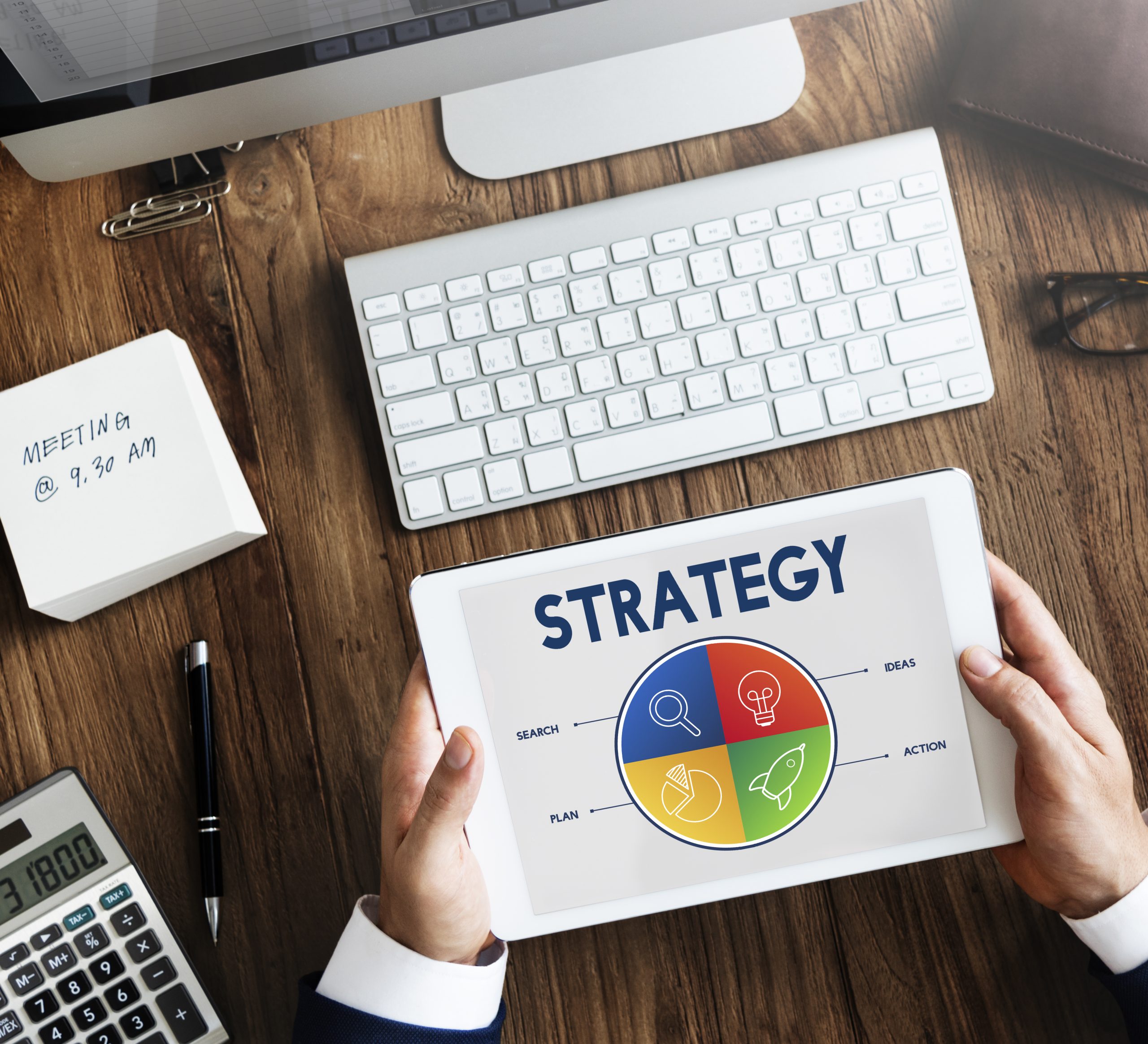As a company managing stocks of products and/or raw materials, procurement lies at the heart of your business. From selecting suppliers and products to their reception, use, or shipment to the customer, procurement is a strategic imperative. It directly impacts the final quality of the product your customer receives.
So, are there tips to avoid surplus stock? How do you strike the right balance between product quality and fair pricing? Do you have a strategy in place to anticipate your needs and avoid stockouts? What’s the best way to communicate with your suppliers? How do you ensure effective procurement management? These are complex questions! Let’s start by determining the fundamentals of strategic procurement for SMEs.
What is Strategic Procurement?
From craftsmanship to globalization, the purchasing function has evolved significantly in recent decades. Today, it has become a true strategic center within the company. Purchasing decisions no longer rely solely on needs and prices but on numerous other factors. Environmental impact, payment methods, supplier risk, improvement opportunities, and more are carefully considered, aligning with the overall strategy set at the enterprise level
➡️ Consider a simplified example:
John, a building artisan, could source his raw materials from local historical suppliers 50 years ago. Today, in a globalized market, most of his competitors import materials at aggressive prices. John must adapt. Before making his selection, he evaluates available options, considering quality, deadlines, risks, and environmental impact. Only once his procurement strategy is established can he accept an offer with confidence.
Why is it Crucial for SMEs?
Globalization and various crises have significantly impacted how businesses make purchases. With increasing competitive pressure, they’ve had to develop strategies to reduce costs, stay innovative and competitive, all while ensuring risk management.
Procurement strategy keeps a guiding principle so that sourcing, purchases, supplier management, and inventory management benefit the entire company. A well-developed strategy can even become a selling point. For instance, highlighting local sourcing choices can emphasize low greenhouse gas emissions to customers.
Objectives of Strategic Procurement
💰 Cost Reduction: There are several ways to optimize procurement-related costs. Economies of scale can be achieved by negotiating special rates with suppliers for bulk purchases. Regularly benchmarking suppliers’ prices/products/services against competitors can help. Concluding contracts with key suppliers can also provide tariff advantages. Lastly, choosing payment methods and conditions wisely can secure financial benefits and transaction insurance.
✅ Quality Improvement: Having products or services to buy is good, but ensuring their quality is even better. This requires implementing quality processes, usually upon receipt of goods. A person may be tasked with inspecting all incoming products or conducting random checks. Defining acceptable or unacceptable defects should be done in agreement with your supplier, fostering a relationship of trust to address complaints promptly.
⚠️ Risk Management: Procurement function leaders, whether procurement directors, contract managers, procurement managers, or buyers, play a crucial role in safeguarding their organization’s integrity against risks. Risks associated with procurement can be diverse, including operational, reputational, or ethical risks. Emerging risks such as cyber or reputational risks are increasingly considered. Furthermore, regulatory risks can impact businesses, not just public sectors. In an environment where corporate function is largely evaluated based on its ability to cut costs, risk management can be particularly complex. It’s indeed challenging for an organization to save money and improve performance while ensuring the use of high-quality suppliers that meet operational objectives.
✨ Supply Chain Resilience: Supply chain resilience is a critical aspect of strategic procurement. By strengthening supply chain resilience, companies can better cope with disruptions and crises, such as raw material shortages, logistical disruptions, or natural disasters. This involves not only reducing risks but also improving the company’s responsiveness to unforeseen events. To achieve this, it’s essential to identify potential vulnerabilities in the supply chain, whether related to suppliers, processes, or infrastructure, and develop effective contingency plans. Additionally, diversifying the supplier base is a key strategy to reduce reliance on a single supplier and minimize the impact of disruptions on company operations. By implementing these measures, companies can enhance their resilience and ability to thrive even in uncertain and constantly evolving environments.
This list of objectives is far from exhaustive! You can also highlight compliance, ethics, or supplier performance in your strategic procurement plan. It’s up to you to customize this document based on your company’s objectives and your philosophy regarding procurement management.
Key Steps
Needs Analysis: Before selecting suppliers, it’s essential to clearly understand your company’s needs in terms of products or services to be purchased.
Supplier Selection: Identify and evaluate potential suppliers based on criteria such as quality, reliability, costs, and compatibility with your company’s values.
Contract Negotiation: Negotiate clear and fair contracts that define the terms and conditions of the supplier relationship, including prices, delivery times, and warranty clauses.
Supplier Relationship Management: Maintain strong relationships with your suppliers by communicating regularly, resolving issues promptly, and seeking opportunities for continuous improvement.
Best Practices
🤝 Collaborate closely with internal stakeholders to align the company’s needs and objectives.
📺 Utilize technologies and analytical tools to optimize purchasing and inventory management processes.
📈 Adopt a results-oriented approach by regularly measuring supplier performance and seeking optimization opportunities.
Conclusion
To thrive in a competitive business environment, it’s crucial for SMEs to master the fundamentals of strategic procurement.
By adopting a proactive and well-structured approach, you can reduce costs, improve product quality, and strengthen your supply chain’s resilience.
Remember, every company is unique, so tailor your procurement strategy to your specific goals and context.
If you want to learn more about how an effective procurement strategy can benefit your business, don’t hesitate to contact me for a personalized consultation. Transform your procurement into a true competitive advantage today!



![Lire la suite à propos de l’article What is a purchasing policy and why do private companies need one? [WITH TEMPLATE]](https://lolitaverite.com/wp-content/uploads/2024/10/Purchasing-policy-300x225.png)
